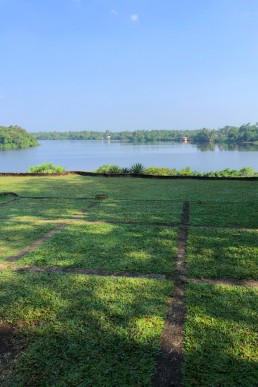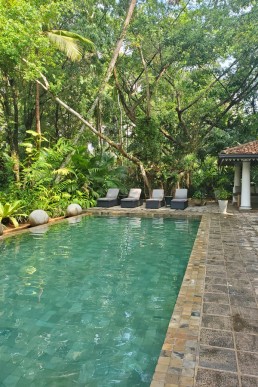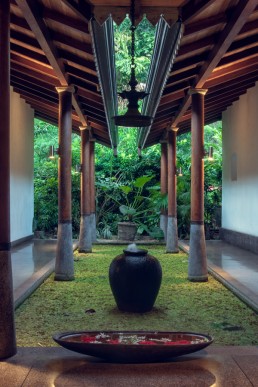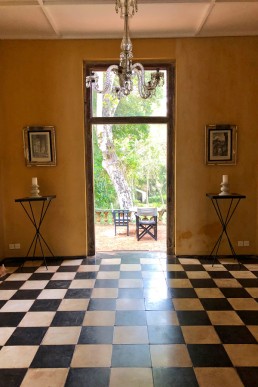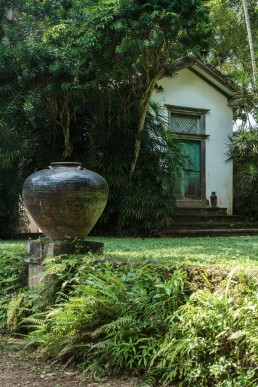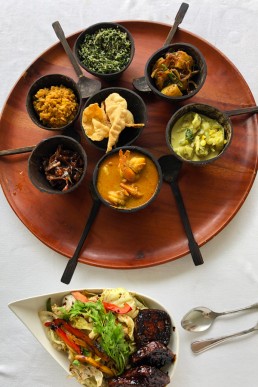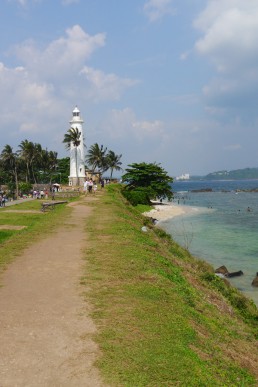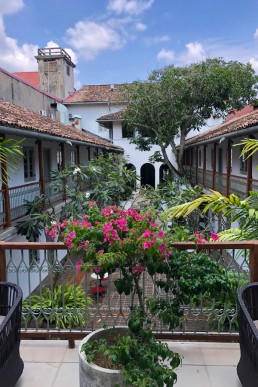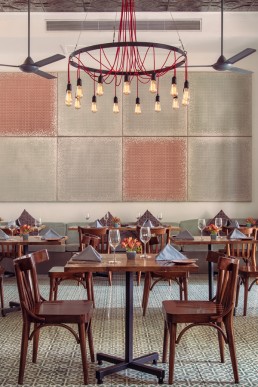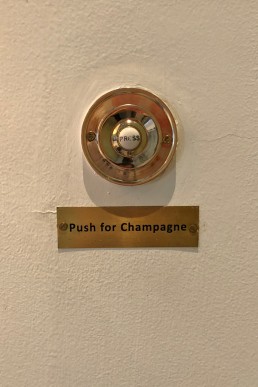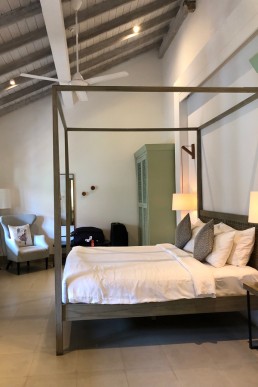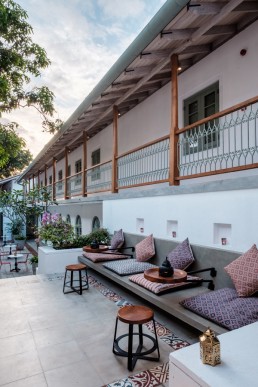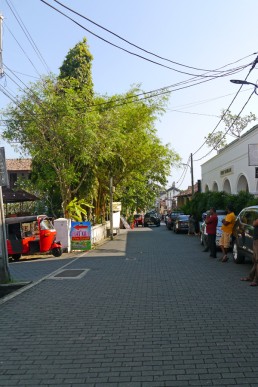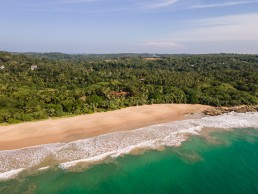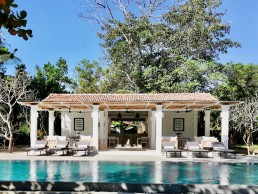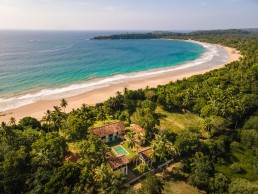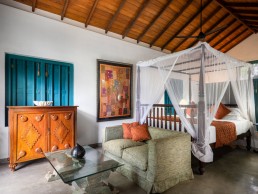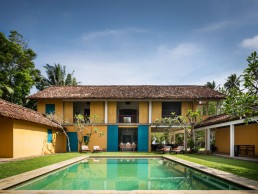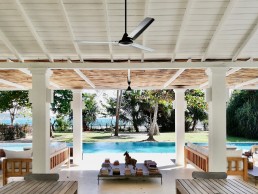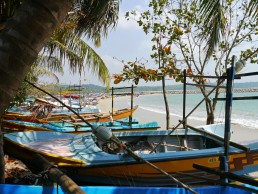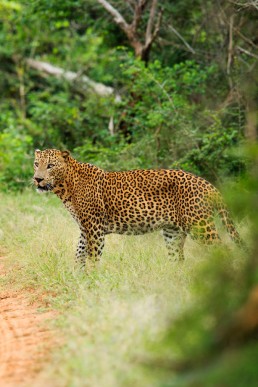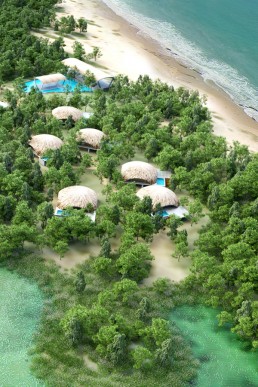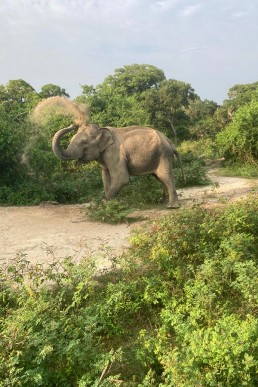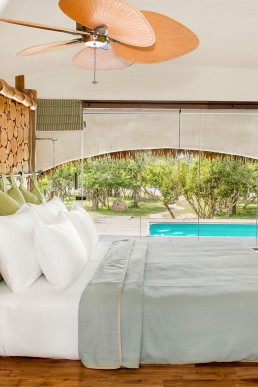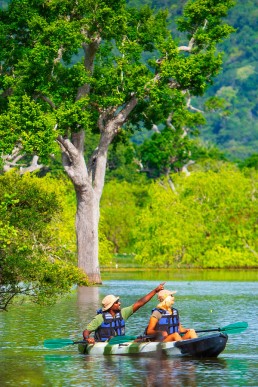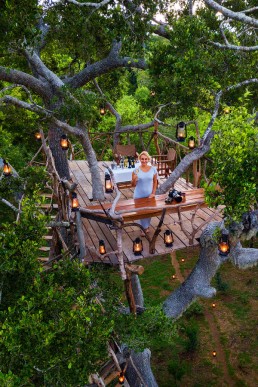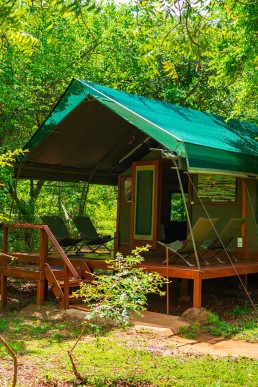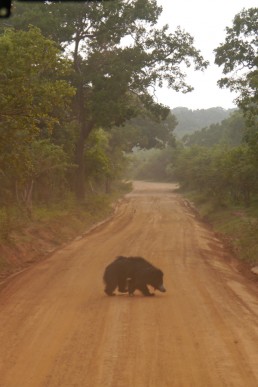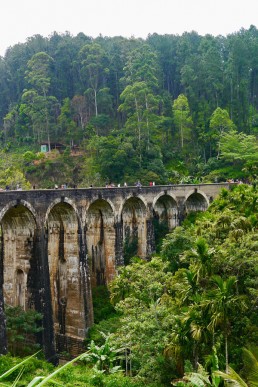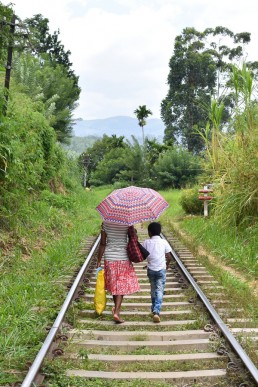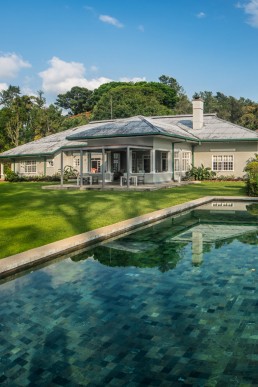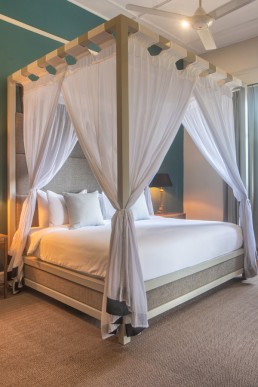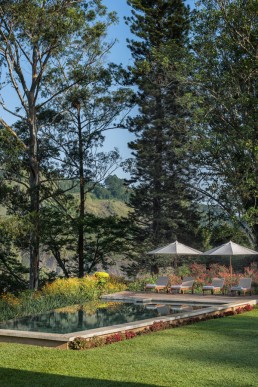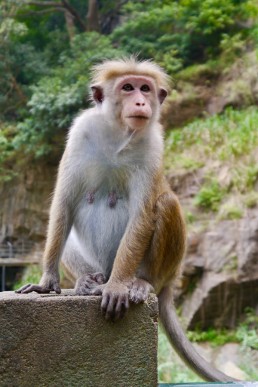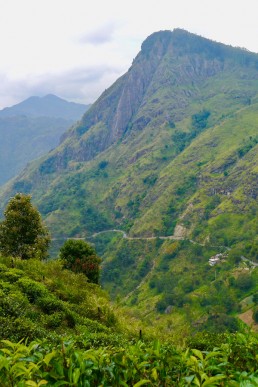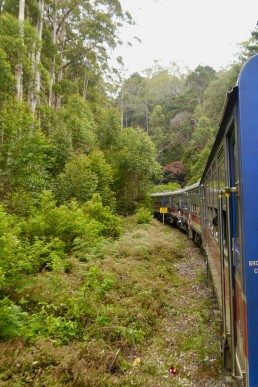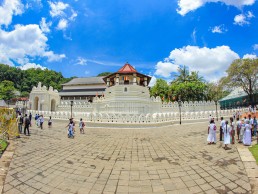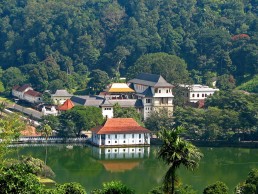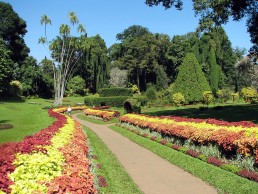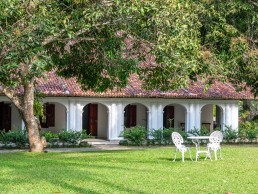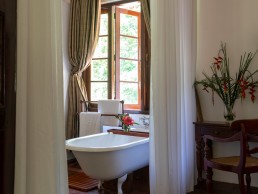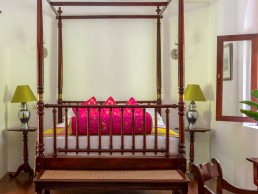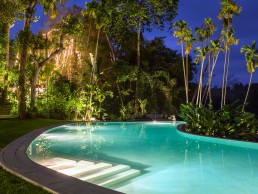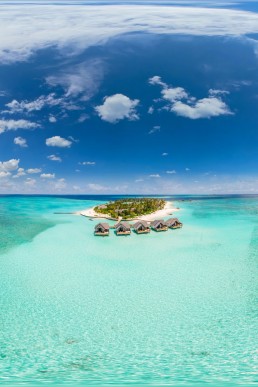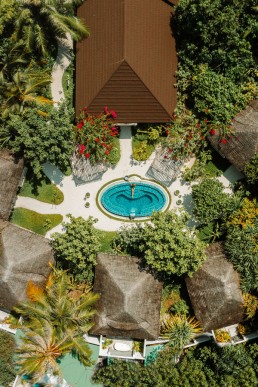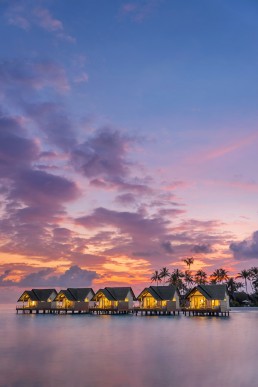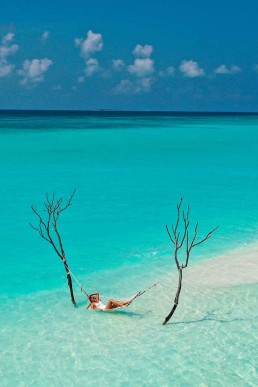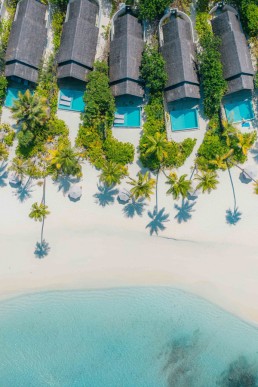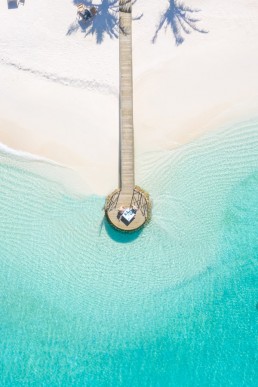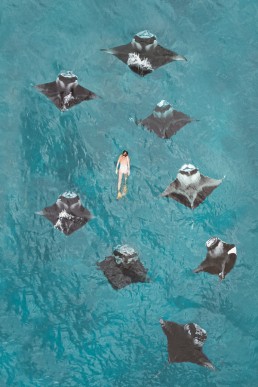
By Lucy Richardson, Editor
For me, planning my honeymoon took up more time than planning my actual wedding. Here was the holiday of a lifetime, it needed to be exactly right. Stress! We wanted it all – tropical beaches, culture, food and wildlife – and Sri Lanka would deliver the goods. Plus, English is widely spoken, it’s affordable, and getting around is easy-peasy. Oh, and bonus points, it’s a short hop from here to the Maldives – honeymoon heaven! Here’s where to go and stay if you’re planning your own honeymoon in Sri Lanka & the Maldives but don’t want the stress of having to research it all. Take my word for it, you won’t regret your choice.
The honeymoon route
- Stops: Negombo – Bentota – Galle – Mawella – Yala – Ella – Kandy – Negombo – Maldives
- Trip duration: 3 weeks (2 weeks Sri Lanka, 1 week Maldives)
- When to go: November to April
- Getting around: Private car and driver – it’s surprisingly affordable in Sri Lanka. Our Tailormade Tour partner can arrange this for you
Part 1: Relax
Stay at: Wallawwa or Lunuganga
It’s been a whirlwind few days. You’ve laughed, you’ve cried, you’ve partied, and now you’ve touched down in paradise. It’s time for you newlyweds to relax! At the airport, meet your driver in the pick-up area. Depending on your arrival time, you may wish to spend a night or two in Negombo, easing into your surroundings, dipping in the Indian Ocean, and then day-tripping to Colombo to explore once you’ve recuperated. You could base yourself at Wallawwa, a tranquil retreat nestled in exotic tropical gardens near the airport.
Or, if time allows, start your journey south. We headed straight for Lunuganga, near Bentota, a 90-minute drive away, and were instantly soothed by its surroundings. This was the dream house and magical lakeside gardens of Sri Lanka’s most famous architect, Geoffrey Bawa. Courtyards, lily ponds, romantic pavilions and an infinity pool all gaze out over blissfully quiet Dedduwa Lake. And among all this are 10 sumptuous rooms and suites, housed in converted plantation buildings. We stayed in an actual art gallery showcasing Bawa’s private collection, and from our four-poster bed, we watched monkeys outside swinging in the trees. The food was amazing, the staff unfailingly kind. It was my favourite hotel of the trip.
Part 2: History in Galle
Stay at: Fort Bazaar
An hour south along the coast from Lunuganga is Galle, famous for its 17th-century Dutch Fort. We paused en route for a boat safari near Balapitiya, weaving through the waterways and mangroves of the Madu River, and extracting fresh cinnamon from the trees on an island at its centre.
Onwards to Galle, where cultures collide. Once a second city to the capital, Galle was a trading port and Dutch colonial stronghold, and this history has shaped the city’s unique culture. Beautiful Dutch buildings and churches surround the impressive 17th-century Fort, a designated Unesco site, and trendy cafes, tiny bohemian boutiques and art galleries fill the maze-like streets. Galle is where you’ll watch spectacular sunsets from the old Fort walls, and then sip cocktails in cool outdoor bars.
Within Galle Fort itself is the place to stay, so base yourself at Fort Bazaar, a fresh and contemporary hotel with a Moorish vibe and superb food. It’s oh-so slick: trendy restaurant, free G&Ts, ambient music and – get this – a room service button that reads “push for Champagne” – every honeymooner needs one of those!
Part 3: South coast beaches
Stay at: Mawella Hideaways or The Last House
Galle is the gateway to the south coast, where golden beaches meet the rolling waves of the Indian Ocean. This coast sees turtles coming to nest on its shores, and migrating whales passing by out at sea. Plus it’s brilliant for surfing. The little towns clustering the coastline are laid-back and friendly, so you could stay anywhere along here and have a merry old time; Mirissa attracts backpackers, Weligama is where whale cruises depart from, Ahangama is popular with surfers.
But we chose to continue a little further to the fishing village of Mawella, to get off the tourist trail. Here was a slice of rugged Sri Lankan coastline we’d been dreaming of! The sweeping curve of Mawella Beach stretches for 2km, with palm trees jostling on its shore, and few signs of life except a cluster of colourful fishing boats moored up on the beach. Be aware that stray dogs live on these shores (and are common in Sri Lanka) but they didn’t bat any eyelid to us being around. The waves can be gnarly, but if you go to the western end of the beach there’s a breakwater, which was built to help fishermen land their boats, and this has created a calm lagoon that’s ideal for swimming. Our days started here: we nipped in for 6am dips, watching the sun rise and the fishermen pottering out to sea – simply magical.
We stayed at Mawella Hideaways, where a trio of beachfront villas share a stunning pool. The gate at the front of our garden lead directly to the beach and the shallow lagoon. The villas are former fishermen’s houses; they’re simple, private, and perfect for barefoot living. They also come with staff to cook, clean and shop for you – just request what you’d like to eat and it will appear before you at mealtimes. Some might find this uncomfortable, so you could choose to stay at the gorgeous hotel at the other end of the beach, called The Last House, which is another Geoffrey Bawa-designed property.
Part 4: Yala safari
Stay at: Kulu Safaris or Chena Huts
So far, you’ll have probably spotted some exotic wildlife on your travels – monkeys, turtles and monitor lizards in particular – but now it’s time to find the big predators. Yala National Park spans Sri Lanka’s south-east corner, right up to the coastline. There’s a big leopard population here, as well as sloth bears, elephants and crocodiles, and safari adventures are usually packed with sightings. But this does come with its shortfalls: you could well be tracking animals with a whole flurry of other jeeps, which can spoil the magic.
So, your best bet is to go deep into the National Park, where few others reach. The trackers at Kulu Safaris are astonishingly good, going out of their way to ensure you avoid the crowds and have the best viewing opportunities. Accommodation is basic – you’ll be sleeping in a canvas safari tent, but they have proper beds inside. Safaris are 2-4 days in length and can be tailor-made. Morning and evening game drives are of course part of the package.
If you want a more luxurious option, you could stay by the coast at Chena Huts, where the plush cabins have private plunge pools, and the gourmet food and twice-daily game drives are all included in the price.
Part 5: Tea train from Ella
Stay at: Nine Skies
You can’t come to Ceylon and not witness its famous tea plantations, so leave the coast behind and travel north into Hill Country. The climate changes a lot as you climb, with temperatures dropping and clustering clouds causing regular downpours – they don’t call this region Little England for nothing! But this wet climate creates optimum tea growing conditions, and the landscape here is such a vivid green it’ll take your breath away. The hub of Hill Country is Nuwara Eliya, where there’s a peaceful lake and pretty colonial buildings to see.
Much smaller is the lively town of Ella, which is popular on the backpacker circuit. Expect to see cocktail bars and lots of Instagrammers trekking to Nine Arches Bridge for that money shot of the famous tea train. It’s worth spending a day exploring here – there are beautiful waterfalls to find, and Ella’s Rock to climb – but you’ll want to stay away from the crowds. So escape to Nine Skies, an exquisitely restored hilltop tea bungalow, with all meals included and a spectacularly sited infinity pool with views to die for.
The tea train passes by here, and travelling on it is an absolute must. It winds around miles and miles of neat tea plantations that carpet the steep slopes, and the birds-eye views from its elevated tracks are astounding. Tip: buy a second- or third-class ticket so that you can hang out the windows like the locals do, being cooled naturally by the refreshing breezes (the first-class carriage is air-conditioned, and the windows don’t open).
Part 6: Culture in Kandy
Stay at: The Kandy House
You can get off the tea train whenever you like – we alighted at Hatton and detoured to Camellia Hills for a few blissful days among the plantations – or you can ride it all the way to Kandy. This is the geographical, cultural and religious heart of Sri Lanka and the last stronghold of the Sinhalese kings. Stay for a night or two at The Kandy House, a historic manor with an infinity pool, set in an incredibly peaceful location away from the bustle of Kandy’s congested centre. Take a tuk-tuk into town to visit the botanical gardens and the famous Temple of the Tooth, then return for candlelit dinners for two on the veranda – an unmissable treat for honeymooners.
From Kandy, travel back to Colombo, where you could spend a few days exploring, or head straight for the airport and make your merry way to the Maldives.
Part 7: Welcome to paradise
Stay at: Fushifaru
Round off the honeymoon in style. Choosing an island in the Maldives is an overwhelming task, but we settled on Fushifaru because it’s owned by a Maldivian (unlike lots of other islands) and it’s boutique: intimate and personal without being stuffy. Give yourselves a week here if your budget allows for it – we stayed four days and longed for more time.
You reach the island via sea plane from Male, which is a thrilling experience in itself – the aerial views of the atolls and reef systems are like nothing you’ve seen before. Be aware that sea planes don’t fly after sunset or in bad weather (which can be changeable in Male), so try to arrive in Male on a morning flight, to give yourself plenty of time.
It’s the colours that hit you first. The blues of the ocean are blinding, and the water completely translucent, revealing coral and tropical fish in rainbow shades. We loved how small the island was, and although there were bungalows around the entire rim, it never felt busy. We often had the beach and sea to ourselves, and we swam the entire perimeter in under an hour. There’s a dive centre, a sumptuous spa, and a choice of great restaurants right on the beach.
Expect lots of pinch-yourself moments.
This itinerary covers a lot of ground and you’ll be doing some long drives to reach each destination. We’d recommend 2 weeks as a minimum for the Sri Lanka leg. If time doesn’t allow for this, you can customise a shorter route via our Tailormade Tour operator, or contact us for more advice.
